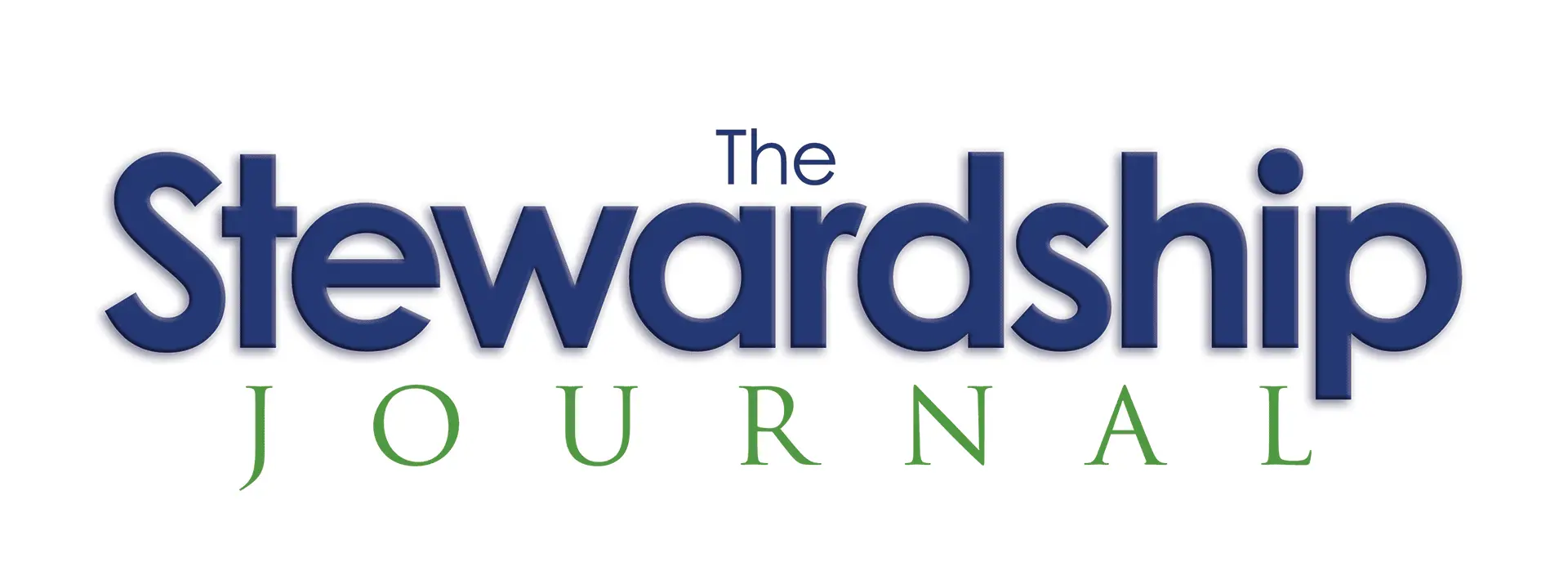Generosity is not caught, it is taught. Yet many pastors act as if their members will eventually “get it.” I was one of those pastors early on in my career. I seldom, if ever, preached on giving. When I realized that Jesus taught more about finances than any other subject, I realized I needed to change.
This Coach, entitled The Three Primary Keys For Fully Funding Your Church, lays out how you can teach generosity.
It starts with the Senior Pastor. If the Senior Pastor doesn’t make generosity a priority no one else in the church will either. As I have written on multiple occasions, the disconnected pastor, a pastor who doesn’t teach on giving, is one of the top stewardship mistakes a church can make. It is also one of the easiest to correct. Don’t be the reason your church is not fully funded.
Churches that are fully funded have Senior Pastors who put a healthy focus on generosity! That is the first key. Here is the second…
Churches that have a focus on discipleship are more likely to be fully funded than those churches where discipleship is not a major focus. Churches that have some form of discipleship always receive more money than those that don’t. It will take me a bit here to prove this but hang with me. I believe I can illustrate this with the analytical giving data that I have collected over the past twenty plus years. First, a bit of background on how I evaluate church giving.
To compare the strength or weakness of any church you need to arrive at a standard that can be applied across the board no matter the size or background of a church. Many advise dividing your attendance against the amount of the offering to arrive at the average gift per attendee. While any measurement is better than none, this average gives you a false number. Why? Let me explain.
First, if you divide your offering by attendance, are you counting children and youth? Adding the nursery into your count dilutes the true results. Even counting only adult attendance gives you a false average. My wife and I give as one, not separately. So, dividing our gift in two dilutes the true average. What is the answer?
Giving by giving unit per week is a better standard to arrive at norms for a church. Again, think of my wife and me. We give as one unit. While that might not sound appealing it is nonetheless more accurate than dividing our gift in two. It might take you more time and work but establishing how many giving units your church has helps you better truly assess your strengths and weaknesses.
Then, count what counts. If you count everyone who gives you a nickel you will also dilute your average. Some show up once or twice a year, on Christmas and Easter. A friend of mine calls them C&E givers. The five bucks they put into the plate will not be that which helps fully fund your ministry. Adding small gifts dilutes your average and again gives you a false view of your donor base.
$200 and up is what I track. Years ago, I read a study that found that the median gift annually to a church was $200. You can draw the line at $200 or $500 but to find your true base of donors establish some criteria.
Subtracting out those that give below $200 helps establish a baseline for serious donors. It will also pull out, in some cases, about half of all donors. I have had pastors tell me they had 1,000 donors only to find they have about 500 who give $200 and above. Those that give less than $200 only account for around 1% of your overall giving.
$50 a week is my benchmark average for healthy financial churches. Here is what I have discovered on average.
Seeker-Driven Contemporary Churches typically have a low $30 range. I believe this is so, in part, because they shy away from any talk about money. Many don’t take up an offering at all. In my experience, even those that push small groups rarely, if ever, teach generosity, or even base small groups on studying Scripture in depth. Thus, they are light on discipleship. The results show up in the offering plate.
Mainline churches are typically in the $40 to $50 range. In my experience, most mainline churches shy away from teaching tithing as a giving standard. Most rely on some form of annual campaign to elicit giving. Annual campaigns almost always result in lower gift amounts. Also, many mainline churches moved away from the traditional Sunday School approach; thus, discipleship happens infrequently, if at all. Again, the result of this is a decline in giving.
Now consider the typical Southern Baptist and Assembly of God church that almost always has an average at or way beyond $50 per giving unit per week. Why is this? I am sure there are a multitude of reasons but traditionally these denominations have been strongly Sunday School focused. Their attendees get a regular healthy teaching on biblical stewardship. You can see the results in their offerings.
Are you still with me? My point is that churches that teach biblical stewardship, call it generosity if you want, always have fuller offering plates. Discipleship is a major reason why. You should have your small groups or Sunday School classes working through some study on Christian stewardship yearly.
Here is the final key of fully funded churches…
Churches with full offering plates are churches that are doing something with that money that is tangible and demonstrable. People give to causes that get things done. They don’t give to theory; they give to action. Today especially, donors give not out of allegiance to a denomination or church, but to causes. Our cause is the greatest in the world and reaches into eternity!
So, to quote a person near and dear to my heart, me, if you want to be fully funded…
Get a story, work your story, tell people about your story and people will give to support that story! In short, do something.

Mark Brooks – The Stewardship Coach
mark@acts17generosity.com
Next week there will be no Coach in celebration of Labor Day! Below are two offering talk suggestions.
Missions and Ministry Moment (aka Offering Talk) – This week’s talk can be accessed after you register at: http://acts17generosity.com/simple-file-list/Offering-Talks/2023-53-Talks-for-53-Sundays/September-3rd-What-You-Do-Matters.pdf


